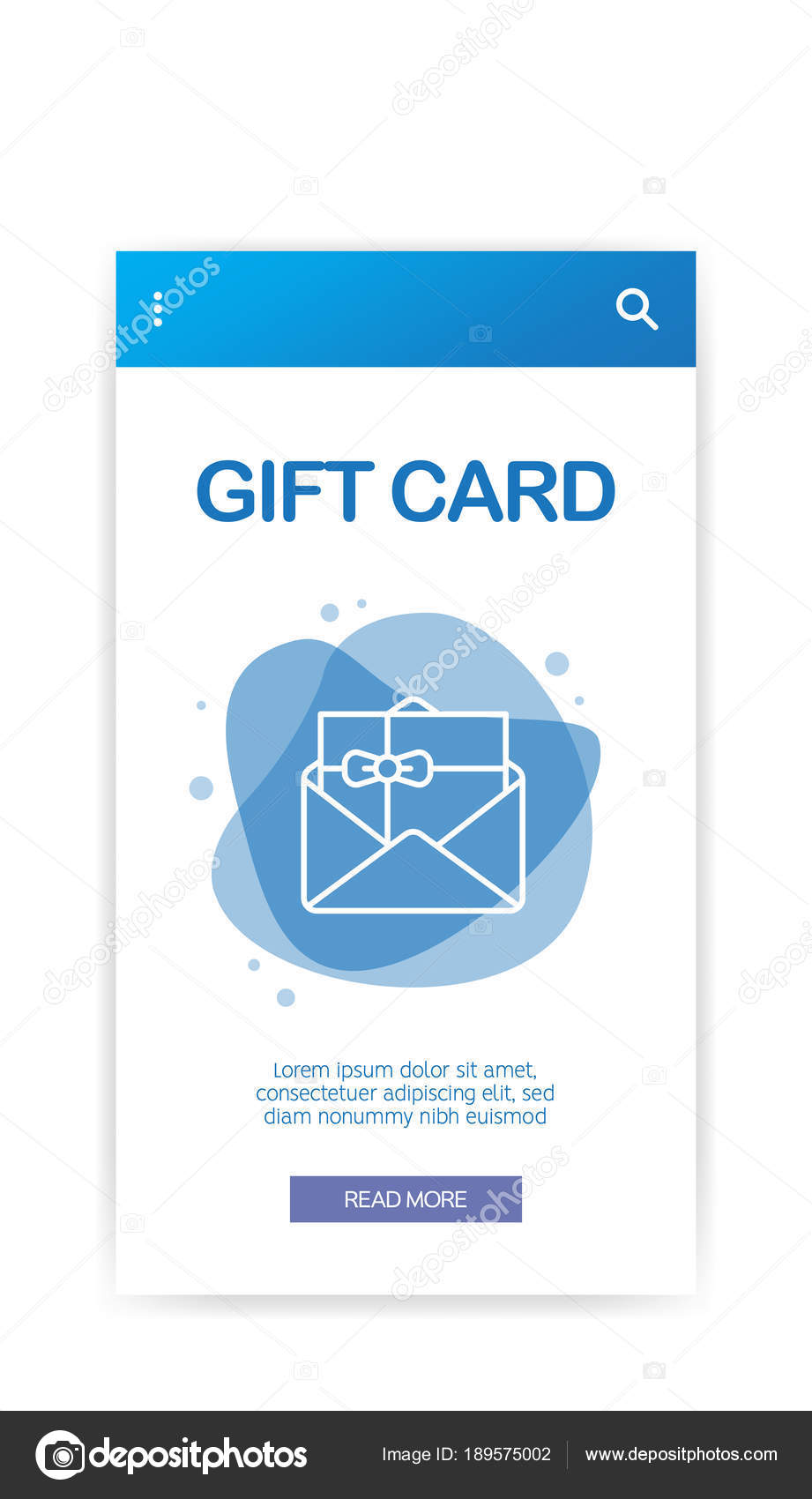Engraved glass is a type of enhanced glasses that entails shallowly inscribing the surface area of the glass. The inscribing varies from reduced glass, which is made by using a sawing motion to develop shapes in the glass.
Laser etching can produce carefully engraved pictures on glass, but the result can usually feel rough to the touch because of little shards of glass staying externally. Amy shares some tricks she has actually picked up from working with Epilog lasers to avoid these problems:
1. Hang it on the Wall surface
Generally, people reward glass for its charm and beauty. Nonetheless, it is a heavy and fragile product to deal with and must be carefully taken care of in order to maintain the piece for years ahead. To display your personalized glass, search for hooks, brackets or mounts that are particularly created for this purpose. These can be found at equipment or art supply shops.
To decrease the possibility of damage to your glasswork, use a dampened solitary layer of paper towel to the surface area. This will certainly prevent air bubbles or overlaps from impacting the engraving outcome.
One more alternative is to utilize application tape. This will also aid in lowering the surface of your workpiece from ending up being rough. Furthermore, you can explore various visuals handling setups for laser engraving glass. For instance, you might discover that a higher power setting works much better with a lower dpi, as this can lessen the chances of sharding. You can likewise attempt converting solid areas of fill to grayscale, as this will lower the warm influenced zone.
2. Place it on a Table
Glass engravings include a sophisticated seek to any area and can be made use of for a selection of objectives. To make your glass engravings attract attention, think about frosting the surface area or including a paint fill to amplify the style's presence.
Prior to running a laser etching task, it's important to check the rate and power settings on home inspiration with etched glass the kind of glass you will certainly be making use of. These improvements will allow your maker to generate the appearance you want while decreasing risks of errors and breakage.
Including dampened paper towel or application tape to the surface area of your work surface before lasering can help with heat dissipation, avoiding the glass from coming to be harsh.
You can additionally attempt altering your graphic color to 80% grayscale in order to additional different the dots and minimize any kind of fracturing that might take place throughout the etching process. By incorporating these approaches, you can achieve near best outcomes on a large range of glass items.
3. Position it on a Stand
The process of laser engraving glass needs a lot of precision. Engraving on curved surfaces like bottles and stemless glass is specifically challenging as a result of imbalance concerns. A jig or clamp aids to maintain the object and ensure correct positioning.
It's additionally essential to select a high-contrast style with strong lines and clear edges for the best results. Utilizing software program devices to adjust contrast and illumination can aid accomplish these objectives. Furthermore, it's an excellent concept to test your designs on scrap glass prior to inscribe the real product.
Including a layer of dark paper to the surface area of the glass prior to etching lowers damaging and boosts the overall quality of the final product. In addition, a wetted single-layer of paper towel on the surface of the glass can decrease results from heat on big surfaces. A rotating attachment is likewise recommended for round things, such as bottles. This device helps to maintain the workpiece, minimizing vibrations that can affect the accuracy of the laser's placement.
4. Put it on a Flooring
A simple method to display engraved glass is by placing it on the floor. This will certainly offer the etching an extra dramatic impact, as it will show up from all instructions. Engraved glass can likewise be hung from a ceiling for a a lot more distinct result.
While conventional techniques of engraving glass call for physical contact and might harm the surface, laser etching is a non-contact procedure that allows for the development of detailed and comprehensive layouts. Epilog Laser devices are straightforward and included intuitive software program that makes it simple for anybody to create a distinctive imaginative style.
Prior to lasering, the glass should be cleansed completely. Applying a slim coat of pure dish soap to the area that is mosting likely to be etched will certainly help prevent damages from heat, as it dissipates the energy developed during the inscribing process. In addition, using the rasterization type "Bought Dithering" in your laser software will certainly decrease the opportunity of any rough locations on large surfaces and will improve overall clarity.
